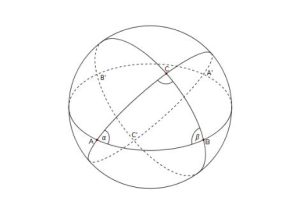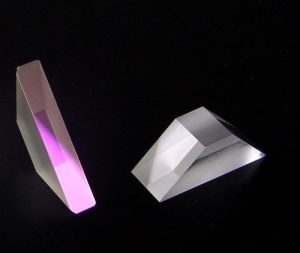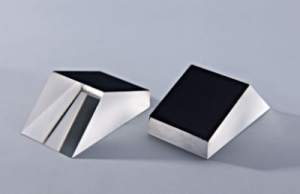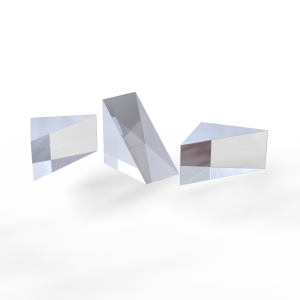The curvature radius of optical lenses is not well understood by many of you here. Lens is an object that can amplify and reduce the refraction of light, and is commonly used in the field of optics, such as car lights, flashlights, wall washing lights, LED lights, etc. For many people who ask questions online about the curvature radius of optical lenses, we will explain it to everyone.
What is the curvature radius of a lens?
A lens has a curved shape on both the front and back surfaces, and the two complete surfaces are equivalent to a part of a sphere. Therefore, this sphere must have a radius, which is the curvature radius of the lens, usually divided into the respective curvature radii of the front and back surfaces.

The relationship between focal length and curvature radius of a lens
Assuming that the curvature radii of the front and rear surfaces of the lens are r1 and r2, the thickness of the lens center is d, and the refractive index of the material used in the lens is n, then the front surface focal length is f1=- r1/(n-1), the phase focal length is f1 ‘=nr1/(n-1), the rear surface focal length is f2’=nr2/(n-1), the phase focal length is f2 ‘=- r2/(n-1), and the total focal length phase is f’=- f1 ‘* f2’/(d-f1 ‘+f2). The phase focal length is equal to the negative phase focal length.
Introduction to curvature radius
The radius of curvature is mainly used to describe the degree of curvature change at a certain point on a curve. Specifically, the curvature radius is the radius of a circle because the degree of curvature is the same everywhere on the circle; The straight line is not curved, and the radius of the circle tangent to the straight line at that point can be arbitrarily large, so the curvature is 0, so the straight line has no curvature radius, or the curvature radius is denoted as infinite.
The larger the radius of the circle, the smaller the degree of curvature, and the closer it is to a straight line. So, the larger the radius of curvature, the smaller the curvature, and vice versa.
If a circle with an equal curvature can be found for a point on a curve, then the curvature radius of that point on the curve is the radius of that circle (note that it is the curvature radius of this point, while other points have other curvature radii).
It can also be understood as follows: to differentiate that curve as much as possible until it approximates an arc, and the radius corresponding to this arc is the curvature radius of that point on the curve.



